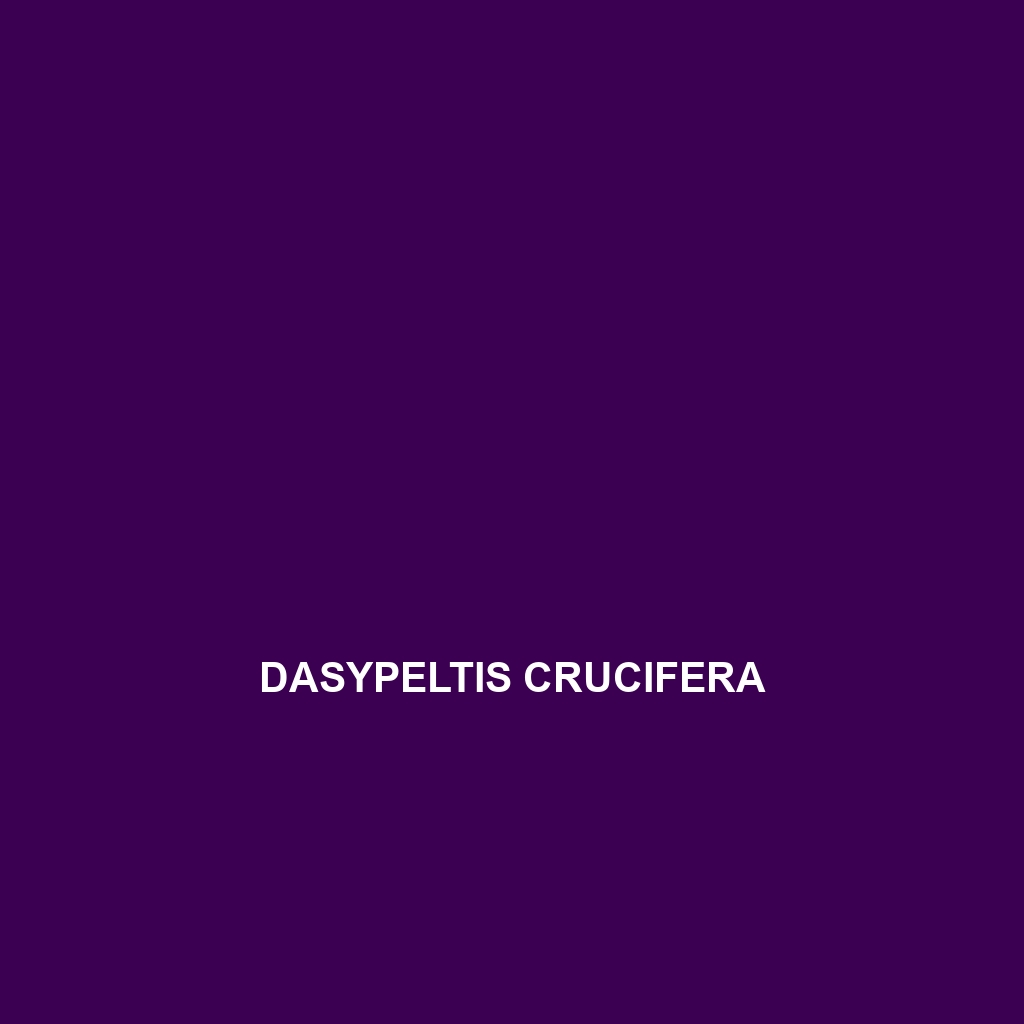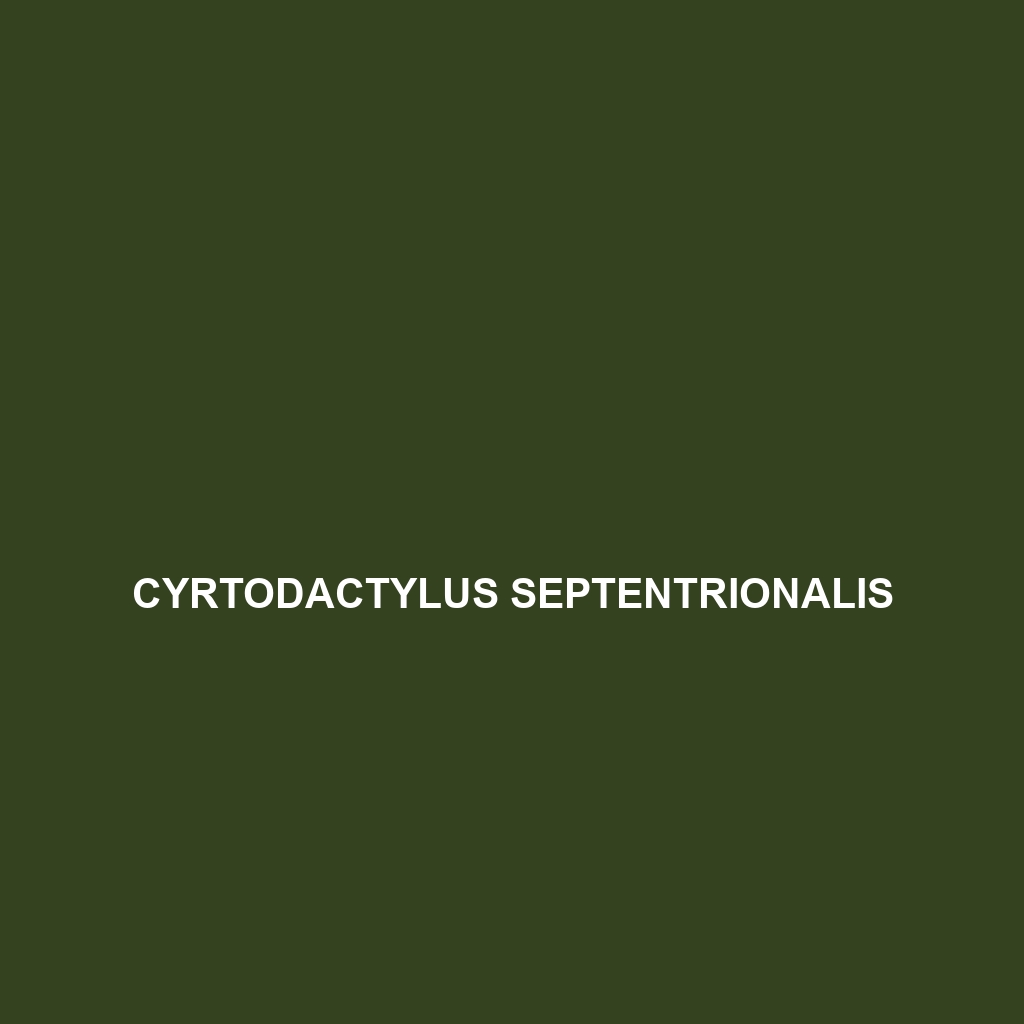Introducing the Delma vescolineata, also known as the Western Delma, a medium-sized lizard native to the temperate regions of Australia, characterized by its elongated body, smooth reflective scales, and exceptional burrowing abilities. This fascinating species plays a vital role in its ecosystem by controlling insect populations and aiding soil aeration, although it is currently classified as vulnerable due to habitat loss.
Tag: wildlife preservation
Delma fraseri
Delma fraseri, also known as Fraser's delma, is a slender, fossorial lizard native to southeastern Australia, characterized by its distinct light brown to gray coloration and small, smooth scales. This insectivorous species thrives in arid habitats, playing a key role in pest control while facing vulnerability due to habitat loss.
Dasypeltis crucifera
Dasypeltis crucifera, or African egg-eating snake, known for its slender body, distinctive zigzag markings, and specialized diet primarily consisting of bird eggs. This non-aggressive, nocturnal species thrives in the warm scrublands of Africa and plays a vital role in maintaining ecological balance by controlling bird populations.
Cyrtopodion hormozganum
Cyrtopodion hormozganum, a small gecko thriving in the arid regions of southeastern Iran, distinguished by its light brown coloration and dark speckles. This nocturnal insectivore plays a vital ecological role while exhibiting fascinating behaviors such as color changes for communication and tail shedding for predator evasion.
Cyrtodactylus wakeorum
Cyrtodactylus wakeorum, a gecko native to the temperate rainforests of Southeast Asia, known for its camouflage in earthy tones, nocturnal hunting behavior, and ability to regenerate its tail. This species plays a vital role in its ecosystem by controlling insect populations and serving as prey for larger animals.
Cyrtodactylus tehetehe
Experience the beauty of the Cyrtodactylus tehetehe, a medium-sized gecko native to the rainforests of the <strong>Pacific Islands</strong>, featuring distinctive light brown to dark grey coloration with dark spots. This nocturnal insectivore plays a crucial role in its ecosystem while being vulnerable due to habitat loss, making conservation efforts essential.
Cyrtodactylus tamaiensis
Cyrtodactylus tamaiensis, also known as the Tamai gecko, a vibrant nocturnal gecko native to the tropical forests of Malaysia and Indonesia. With its agile movements and specialized toe pads, this 15-20 cm long reptile thrives in humid environments, playing a crucial role in its ecosystem by controlling insect populations while being adaptive to its surroundings.
Cyrtodactylus soba
<h2>Cyrtodactylus soba</h2> captivating Cyrtodactylus soba, a nocturnal gecko native to the humid forests of Thailand and Malaysia, known for its distinctively patterned skin and impressive climbing abilities. This agile insectivore thrives in tropical climates, playing a crucial role in maintaining the balance of local ecosystems while displaying fascinating behaviors like color change and tail regeneration.
Cyrtodactylus septentrionalis
Cyrtodactylus septentrionalis, a vulnerable gecko found in northern Southeast Asia, thrives in humid tropical forests and rocky terrains, exhibiting a light brown to gray coloration for camouflage. Nocturnal and agile, this species plays a vital role in controlling insect populations while adapting quickly to its environment.
Cyrtodactylus sanpelensis
Experience the Cyrtodactylus sanpelensis, a vulnerable nocturnal gecko native to Southeast Asia, characterized by its tan to light brown body, agile climbing abilities, and diet primarily consisting of insects. This remarkable species thrives in tropical forests, playing a vital role in maintaining ecological balance through insect population regulation.









